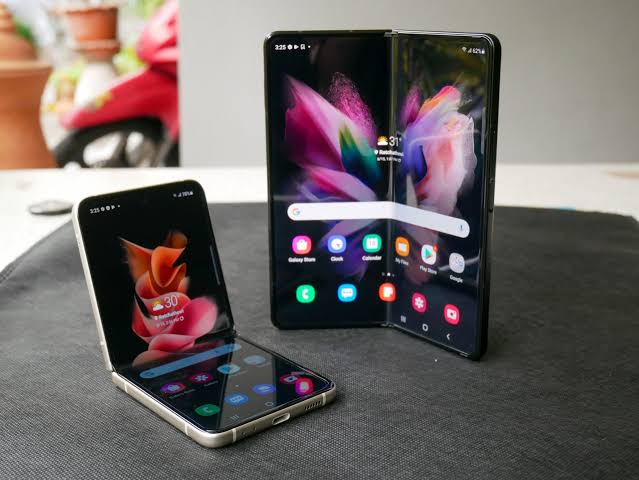The smartphone is now more than just a means of communication in our modern, technology-driven society. The seamless integration of entertainment, productivity, social connectivity, and technology into a single, portable gadget has made it an indispensable part of our everyday life. There has never been more intense rivalry to develop the greatest phone due to the dynamic nature of mobile technology. The choices can be bewildering, regardless of whether you’re a power user who need state-of-the-art performance, a serious photographer looking for top-notch camera quality, or someone who just wants a dependable gadget for daily work.
There is a dizzying number of smartphones on the market, each with its own set of advantages and disadvantages. Because there are always new and better designs, technology, and software, finding the best phone can be challenging. Some phones have state-of-the-art processors and graphics cards since speed and performance are their top priorities. There are others who are pushing the limits of mobile photography with cameras that can compete with high-end gear. On the other hand, you can find ones that are a delight to use because to their long-lasting batteries, enormous displays, and high-quality design.
These Are The Top 10 List Of The Best Phone In The World
1. OPPO Find X7 Ultra
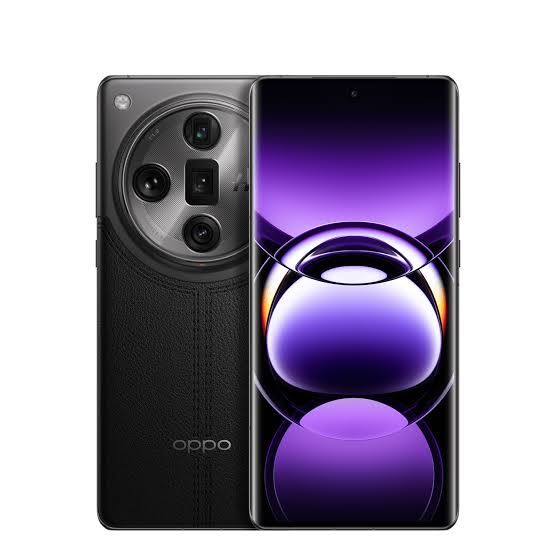
OPPO Find X7 Ultra (review) has a 3.3GHz 4nm Snapdragon 8 Gen 3 SoC. Up to 16GB LPDDR5x RAM, 512GB UFS 4.0 storage, and Adreno 750 GPU are included. This arrangement helped the device score well in AnTuTu. The OPPO phone sports four back cameras: 50MP+50MP+50MP+50MP. One lens has 6x optical zoom. Balanced exposure, dynamic range, and color accuracy provide clear, detailed photos. The cameras save these positives at night. It has a 6.82-inch LTPO3 AMOLED display with 510ppi, 1-120Hz variable refresh rate, 1600-nits average brightness, and Gorilla Glass Victus 2 protection.
2. Xiaomi 14

With 512GB of UFS 4.0 storage and 16GB of LPDDR5X RAM, the Xiaomi 14 is powered by a 4nm Snapdragon 8 Gen 3 System on a chip. Reliability is paramount with the 50MP+50MP+50MP triplet. Crisp, detailed, and with plenty of dynamic range are the main camera shots. You can receive results in the style of your choice by selecting your chosen Leica mode. A small phone is made possible by the 6.36-inch LTPO AMOLED display. In addition to a peak brightness of 3000 nits and a refresh rate of 120 Hz, it also boasts a resolution of 1200 x 2670. Using this panel was completely acceptable to us. In our tests, the 4,610mAh battery failed to impress. However, it is capable of being charged rapidly using the 90W fast charger.
3. Samsung Galaxy S24 Ultra

Features such as Circle to Search, Live Translate, Chat Assist, Interpreter, fill image, etc., were the talk of the launch for the Samsung Galaxy S24 Ultra (review). The phone’s internal components include a 45W fast-charging-compatible 5,000mAh battery, a Snapdragon 8 Gen 3 system on a chip, up to 1TB of storage, and 12GB of RAM. The rear camera system consists of a 200MP main shooter, a 10MP telephoto, a 50MP periscope, and a 12MP ultrawide lens. The front of the device features a 6.8-inch LTPO AMOLED screen that is protected by Gorilla Glass Armor and has a resolution of 3120 x 1440p, 120 Hz refresh rate, peak brightness of 2,600 nits, and compatibility for HDR10+.
4. OPPO Find X6 Pro
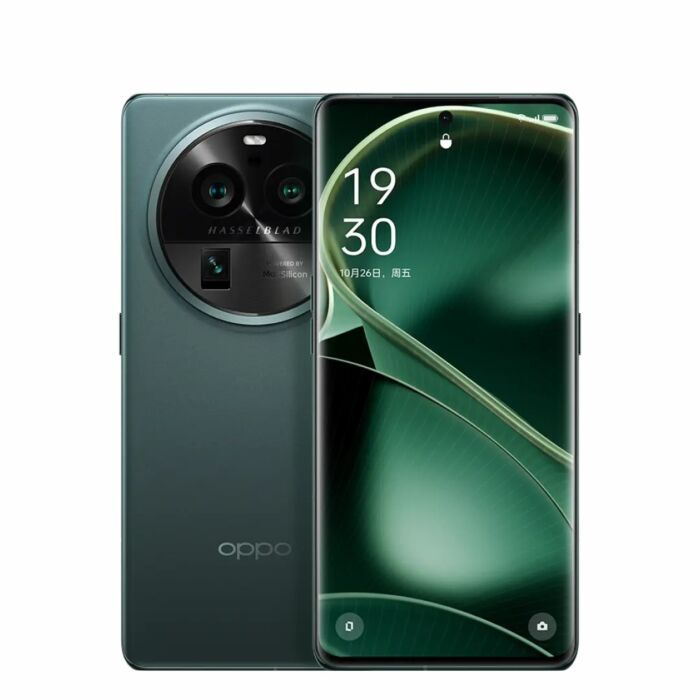
The OPPO Find X6 Pro has an Adreno 740 GPU, 512GB of UFS 4.0 storage, 16GB of LPDDR5x RAM, and a 4nm Snapdragon 8 Gen 2 system on a chip. Enabling the High-Performance Battery mode will expedite the process. As a result, with the exception of the Vivo X100 Pro, the device has achieved the highest possible AnTuTu score. The OPPO phone features a triple rear camera arrangement with 50MP, 50MP, and 50MP lenses. You can get an optical zoom of 2.8x with one of these lenses. With the help of AI, you may achieve a zoom level of 120x. The use of Hasselblad’s Natural Color Calibration in conjunction with the color spectrum sensor guarantees accurate white balance. Regardless of the lighting conditions, all of the sensors produce high-quality, evenly-focused images with a respectable dynamic range. In addition to high-efficiency picture and video recording, you also receive Dolby Vision HDR video recording at 4K30fps.
5. iPhone 15 Pro
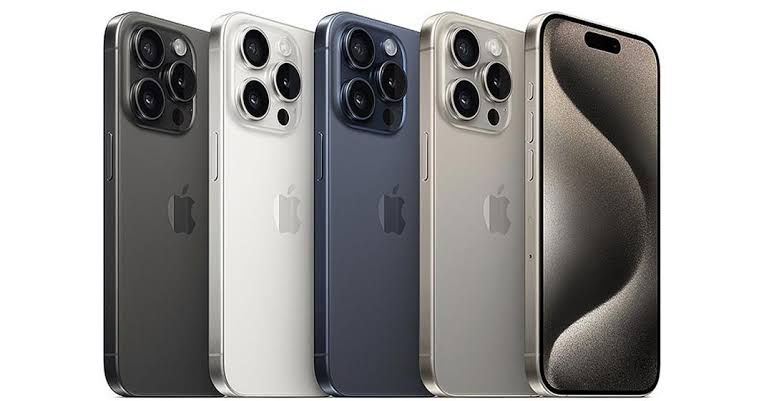
The iPhone 15 Pro is powered by Apple’s 3nm A17 Pro processor. Together, they comprise a 6-core GPU, 8 GB of RAM, and 1 TB of storage. Gaming hardware ray tracing is supported. Console titles such as Assassin’s Creed Mirage, Resident Evil 4 Remake, and Resident Evil Village are also supported out of the box. Compared to the Pro Max, this is the best upgrade if you’re looking for a professional-grade iPhone. It features a 48-megapixel primary camera with sensor-shift optical image stabilization, a 12-megapixel secondary camera with a 3-x optical zoom, and a 12-megapixel ultrawide lens. The primary camera’s default setting is 24 megapixels. They can be enhanced with photographic styles. You can also capture 48MP shots in ProRAW format, as well as 48MP images in HEIF or JPEG. Thanks to optical image stabilization (OIS), the 12MP front camera can capture steady shots.
6. Samsung Galaxy S23 Ultra

On the Android side, the Galaxy S23 Ultra must be the phone that is available in all markets. It received the Best Phone prize in the premium category at last year’s Indian Gadget Awards. If you value brand recognition and the after-sales service assurance that comes with it, you should choose this item. It comes with the Snapdragon 8 Gen 2 SoC, Adreno 740 GPU, up to 12GB LPDDR5x RAM, and 1TB UFS 4.0 storage. The phone has a 200MP primary camera, a 12MP ultrawide lens, a 10MP telephoto with 3x optical zoom, and another 10MP telephoto with 10x optical zoom. Digitally, it can capture up to 100x zoom. The photographs show good details and colors. Although the front camera sensor resolution has been reduced to 12 megapixels, the phone may exploit new capabilities such as dual-pixel autofocus and Super HDR.
7.Samsung Galaxy S23+
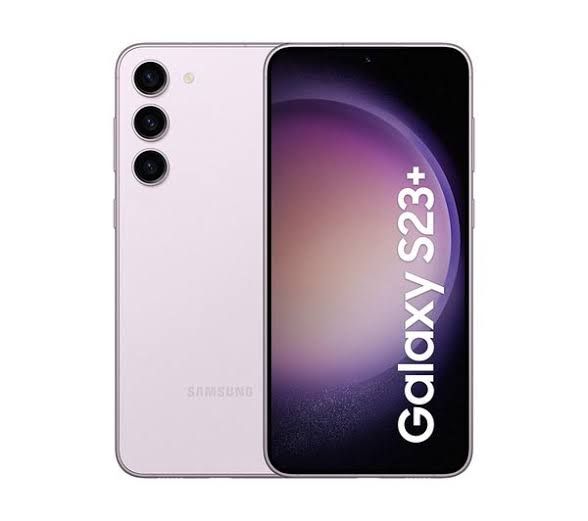
It performs similarly to the S23 Ultra, as both phones use the same Snapdragon 8 Gen 2 chipset. This is equipped with 8GB of LPDDR5X RAM and 256GB/512GB of UFS 4.0 storage. The 50MP primary camera and 12MP ultrawide feature comparable color tones. The pictures are generally excellent, however in low-light settings, you may see shutter delays and faint details. The night mode on all three sensors can produce the greatest results in these conditions. The 10MP telephoto lens can produce 3x optical zoomed images. The front 12MP camera captures clear and detailed images.
8. iPhone 15 Pro Max
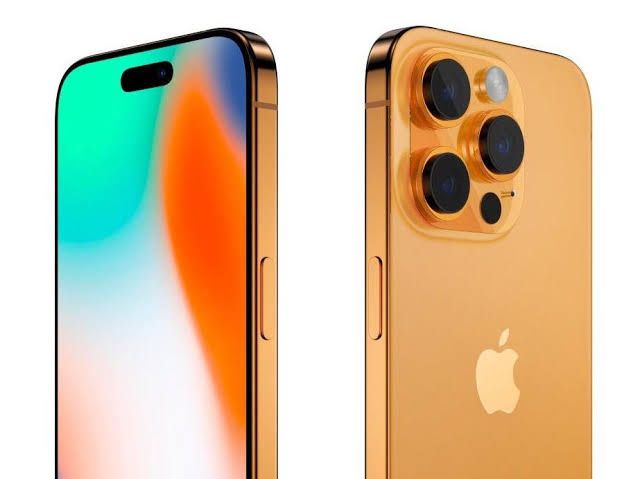 The iPhone 15 Pro Max features the A17 Pro SoC, which includes a 6-core CPU and a 6-core GPU. It offers compatibility with AAA titles such as Resident Evil Village and Assassin’s Creed Mirage. The performance is supported by 8GB of LPDDR5 RAM and 1TB of NVMe storage. The back camera configuration includes a 48MP primary camera, a 12MP 5x optical zoom lens, and a 12MP 120° ultrawide camera. A ToF 3D LiDAR scanner is also present m, vbvhere. The enhancement of zoom capabilities, stabilization of pictures and movies, and the ability to create the bokeh effect post-capture all notably intriguing. In comparison to the iPhone 15 Pro, you have a more expansive 6.7-inch OLED display. It includes Dolby Vision, a pixel density of 460 ppi, a typical brightness of 1000 nits, an adaptable refresh rate ranging from 1 to 120 Hz, and Dynamic Island. The colors and contrasts are well-adjusted.
The iPhone 15 Pro Max features the A17 Pro SoC, which includes a 6-core CPU and a 6-core GPU. It offers compatibility with AAA titles such as Resident Evil Village and Assassin’s Creed Mirage. The performance is supported by 8GB of LPDDR5 RAM and 1TB of NVMe storage. The back camera configuration includes a 48MP primary camera, a 12MP 5x optical zoom lens, and a 12MP 120° ultrawide camera. A ToF 3D LiDAR scanner is also present m, vbvhere. The enhancement of zoom capabilities, stabilization of pictures and movies, and the ability to create the bokeh effect post-capture all notably intriguing. In comparison to the iPhone 15 Pro, you have a more expansive 6.7-inch OLED display. It includes Dolby Vision, a pixel density of 460 ppi, a typical brightness of 1000 nits, an adaptable refresh rate ranging from 1 to 120 Hz, and Dynamic Island. The colors and contrasts are well-adjusted.
9. Xiaomi 13 Pro
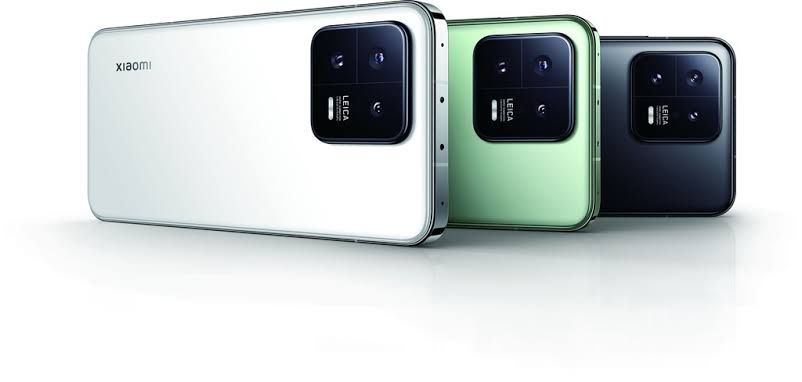 The Xiaomi 13 Pro is powered by a Qualcomm Snapdragon 8 Gen 2 CPU and features 12GB of LPDDR5X RAM. It is available in 256GB and 512GB storage options. This should provide ample storage and reliable performance from the device. Xiaomi has retained the 50MP 1-inch type sensor from the Xiaomi 12S Ultra. This, along with the Leica lens and imaging pipeline, produces highly detailed and well-exposed photographs. Additionally, you may select Leica Vibrant, 35mm monochrome photos, and several image filter alternatives. The supplementary sensors consist of a 50MP telephoto camera (with 3.2x optical zoom) and a 50MP ultrawide camera. The outcomes are favorable for both photographs and films.
The Xiaomi 13 Pro is powered by a Qualcomm Snapdragon 8 Gen 2 CPU and features 12GB of LPDDR5X RAM. It is available in 256GB and 512GB storage options. This should provide ample storage and reliable performance from the device. Xiaomi has retained the 50MP 1-inch type sensor from the Xiaomi 12S Ultra. This, along with the Leica lens and imaging pipeline, produces highly detailed and well-exposed photographs. Additionally, you may select Leica Vibrant, 35mm monochrome photos, and several image filter alternatives. The supplementary sensors consist of a 50MP telephoto camera (with 3.2x optical zoom) and a 50MP ultrawide camera. The outcomes are favorable for both photographs and films.
10. Google Pixel 8 Pro
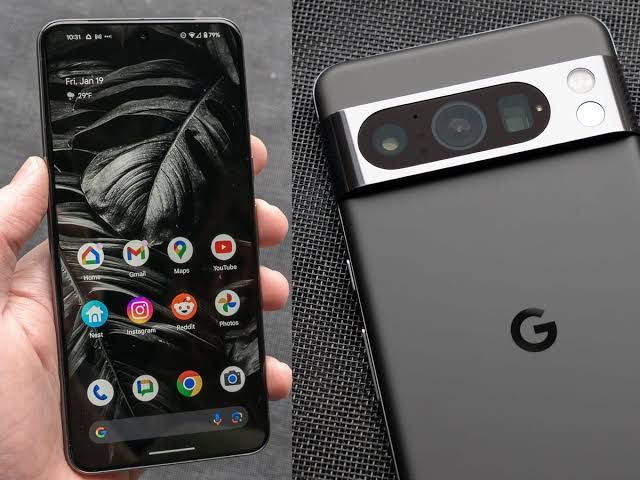 The Google Pixel 8 Pro operates on the proprietary Tensor G3 chipset. This represents a deficiency of the Pixel 8 series. For routine utilization, it may suffice; however, it falls below contemporary and previous-generation flagship devices. It experiences throttling and generates heat over prolonged use. Nonetheless, the appeal lies in the near-stock Android, proprietary Pixel software features, and artificial intelligence enhancements. The RAM capacity of up to 12GB and storage of up to 1TB should render the experience adequate. Certain AI deceptions manifest in the realm of photography. The available tools include Magic Eraser, Best Take, and Magic Editor. The 50MP+48MP+48MP configuration is remarkable for photography, even in their absence. The colors and details appear similar between the outputs of the main and ultrawide sensors. The 5X zoom maintains excellent clarity. The videos cannot yet match the performance of the current-generation iPhones.
The Google Pixel 8 Pro operates on the proprietary Tensor G3 chipset. This represents a deficiency of the Pixel 8 series. For routine utilization, it may suffice; however, it falls below contemporary and previous-generation flagship devices. It experiences throttling and generates heat over prolonged use. Nonetheless, the appeal lies in the near-stock Android, proprietary Pixel software features, and artificial intelligence enhancements. The RAM capacity of up to 12GB and storage of up to 1TB should render the experience adequate. Certain AI deceptions manifest in the realm of photography. The available tools include Magic Eraser, Best Take, and Magic Editor. The 50MP+48MP+48MP configuration is remarkable for photography, even in their absence. The colors and details appear similar between the outputs of the main and ultrawide sensors. The 5X zoom maintains excellent clarity. The videos cannot yet match the performance of the current-generation iPhones.

